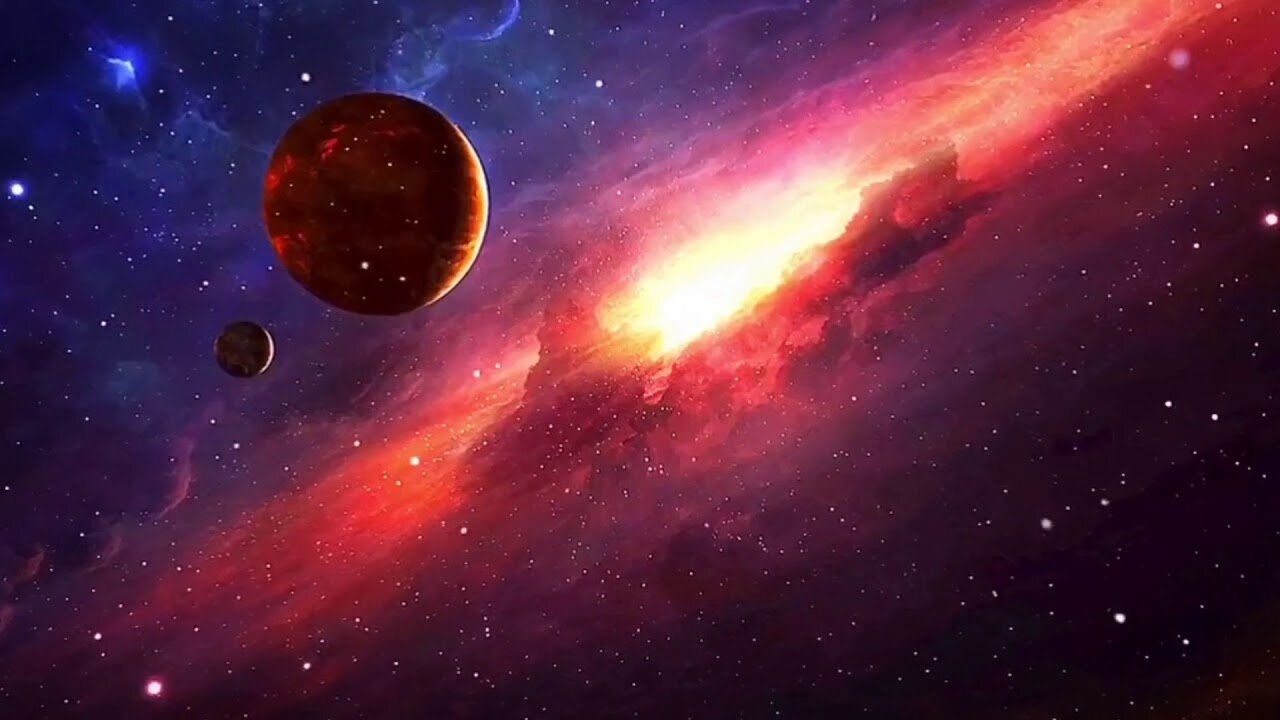Premium Only Content

Journey to the Sun
The revolution of the Sun refers to its orbit around the center of the Milky Way galaxy. This orbital motion is a fundamental aspect of the Sun's cosmic journey, taking it through vast regions of space over incredibly long time scales.
Key points about the Sun's revolution:
Orbital Period: The Sun takes approximately 225-250 million years to complete one full orbit around the galactic center. This period is known as a "galactic year" or "cosmic year."
Galactic Center: The center of the Milky Way, towards which the Sun and billions of other stars are gravitationally bound. This region is believed to contain a supermassive black hole.
Orbital Path: The Sun follows an elliptical orbit, oscillating above and below the plane of the galaxy as it orbits the galactic center. It's not a perfectly circular orbit but has some eccentricity.
Cosmic Neighborhood: During its revolution, the Sun passes through various regions of the Milky Way, including spiral arms, where star formation is more active.
Effects on the Solar System: The Sun's motion influences the gravitational dynamics of the solar system, including the orbits of planets, asteroids, and comets. It also affects cosmic ray intensity and the distribution of interstellar matter.
Influence on Earth: The Sun's position within the galaxy, as it moves through different galactic environments, might have subtle long-term effects on Earth's climate due to changing cosmic ray exposure.
Astronomical Insights: Studying the Sun's revolution helps astronomers understand the structure and dynamics of our galaxy. It provides insights into the evolution of the Milky Way and the distribution of stars and matter within it.
The concept of the Sun's revolution is a fascinating aspect of cosmic astronomy, highlighting the vast timescales and distances involved in the dynamic dance of celestial bodies within the galaxy.
-
 38:39
38:39
Grant Stinchfield
2 hours ago $0.41 earnedHow Local TV News LOST Its Soul
4.12K2 -
 2:09:51
2:09:51
Badlands Media
13 hours agoBadlands Daily: September 1, 2025
32.4K26 -
 1:12:35
1:12:35
theoriginalmarkz
3 hours agoCoffee with MarkZ. 09/01/2025
33.4K12 -
 2:59:48
2:59:48
Wendy Bell Radio
8 hours agoSunday, Bloody Sunday
113K244 -
 1:10:02
1:10:02
crgoodw1n
2 hours agoHAPPY LABOR DAY! Tactical shoosting W/ @BenderOdoyle Ask about !12hr !freshenup !discord
7.67K2 -
 LIVE
LIVE
ENEMYOFDEATH2012
14 hours agoGod of War Playthrough Pt. 2 and some Fortnite
18 watching -
 4:47:50
4:47:50
The Why Files
3 days agoCOMPILATION: UFOs and Aliens Vol.2 | They are NOT our friends
92.2K54 -
 1:33:46
1:33:46
BubbaMatt
3 hours ago $0.08 earnedMafia Definitive Edition Playthrough - Part 1
3.13K -
 LIVE
LIVE
Jorba4
2 hours ago🔴Live-Jorba4- The Finals
4 watching -
 LIVE
LIVE
Lofi Girl
2 years agoSynthwave Radio 🌌 - beats to chill/game to
237 watching